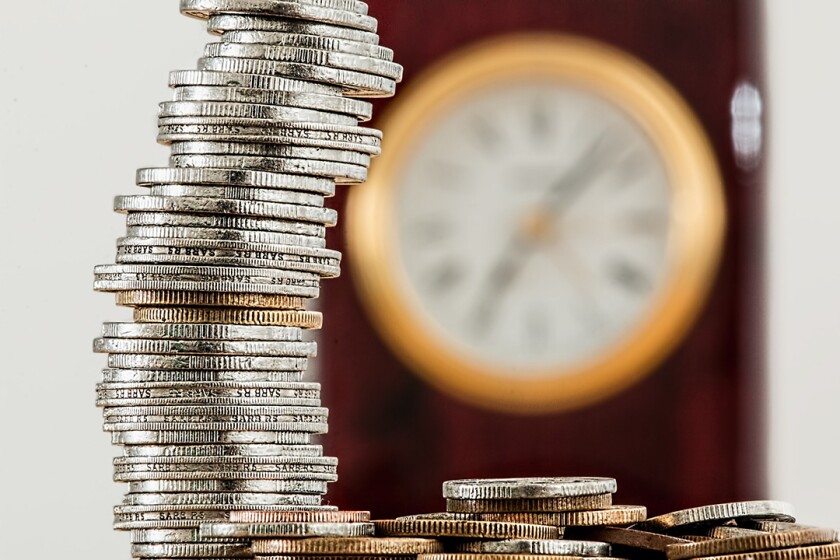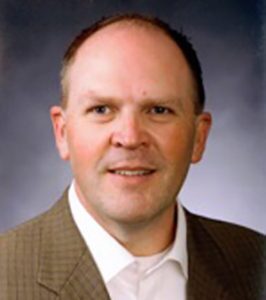

What would you be willing to do to save a few bucks? Scott Grimshaw, a faculty member in the Statistics Department, tackled some massive amounts of sales tax data to determine what influences taxpayers as they decide where to make their purchases.
At the request of researchers in the Romney Institute of Public Management at Brigham Young University, Grimshaw searched to find an answer to this question: how should local governments set their tax rates? Basic economics indicates that raising taxes increases revenue and, thus, benefits cities by increasing funds to sponsor more public works projects. However, additional factors complicate this simple plan.
Another economic principle acknowledges that if the tax rates get too high, people will go somewhere else to get what they need. Thus, one aspect of a government’s task is to determine how much it may tax its people before driving them away to other sources.
While a chemist may be able to test a theory within a lab, that’s just not possible for a statistician wanting to study economics. Performing in-field experiments on these delicate financial systems would mean risking many political and social problems.
“If you’re a chemist or a physicist, you think, ‘Let’s design an experiment and randomly assign cities different tax rates and see whose tax coffers rise and fall.’ But you can’t do that with an economy,” Grimshaw explains. “You can’t say, ‘Orem, you got randomly assigned to the “no taxes” group!’”
Since jeopardizing city funds for an experiment would be unthinkable, Grimshaw took advantage of a unique opportunity that gave him another way to study this topic. In the ‘90s, Utah gave each of its cities the authority to govern its own tax rates. By looking over the past fifteen years of tax records for every city, Grimshaw was able to analyze the results of an unplanned, uncontrolled experiment and use statistical methods to adjust for non-experimental factors that have an impact on tax revenue.
“With this data set, we had a natural experiment where every city got to go off and do whatever they wanted and then we kind of looked back retrospectively and asked, ‘Well what happened?’” he said.
The results provide an interesting perspective into the minds of taxpayers. Grimshaw found that, on one hand, a government may raise taxes on a product with little fear if it is a one-of-a-kind item.
“You can raise taxes if people can’t go anywhere else in the state to get an alternative,” he said.
On the other hand, the distance a taxpayer would need to travel to reach the alternative item also plays a key role in purchasing. For example, most consumers were willing to travel from Provo to Orem when purchasing a car to benefit from a lower tax rate. However, it was surprising to discover that Salt Lake City was considered too far of a drive and outweighed the potential tax benefits.
Grimshaw also noted that the magnitude of a purchase effected the distance one was willing to travel. Because a car involves thousands of dollars, tax percentages become more noticeable. But if the purchase were simply groceries, traveling to Orem would seem ridiculous because “even if you spend $500 per month, you may only spend $50 or $75 at any given time, and so that will feel like a really small amount of money,” he explained.
This study provided a peek into the mind of taxpayers and the different aspects that influence their purchases. Grimshaw’s contributions to understanding this intricate process may help improve future MPA programs and provide better training to potential city managers.